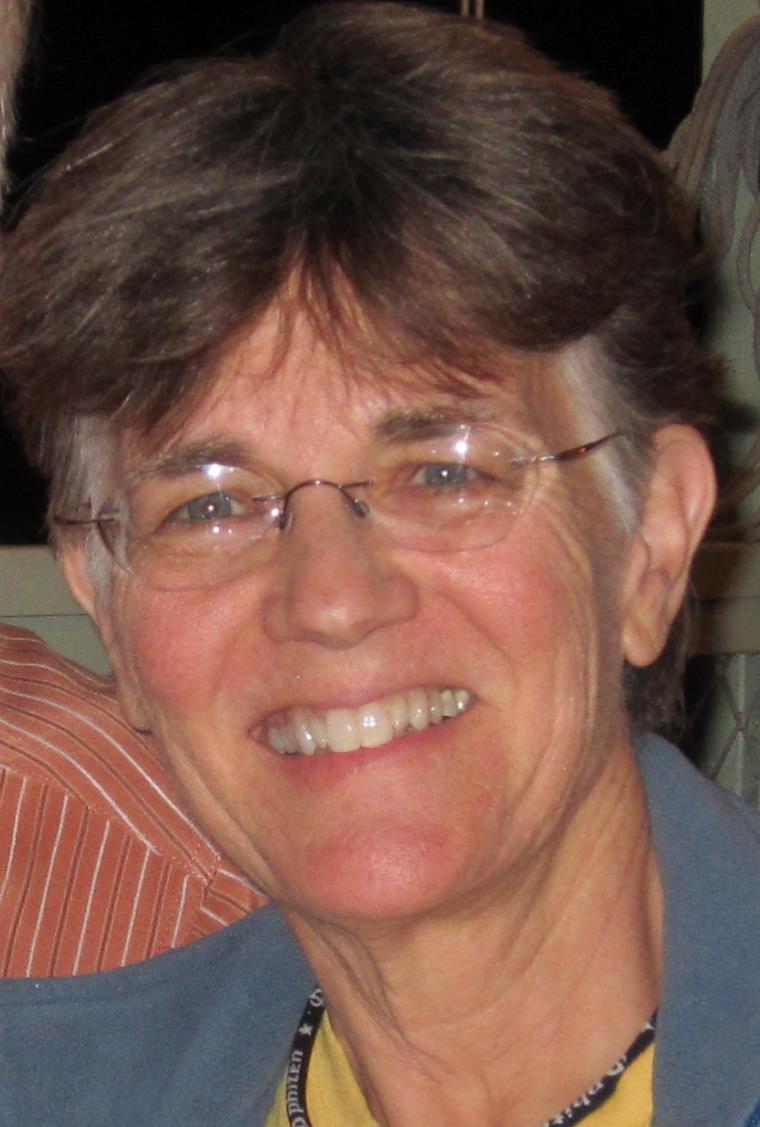 In June 2013, the American College of Sports Medicine released their most recent fitness ranking of the 50 largest US metropolitan areas. The website includes a user-friendly interactive map to show the scores and criteria breakdown for the 50 largest cities. Their multi-criteria, physical activity oriented “report card” details areas of excellence and those needing improvement, through a scientific snapshot of the health status and community features across a metropolitan region. The full report provides a closer look at the underlying data, and a community action guide is also available to help planners and policymakers understand the rankings and improve their community.
In June 2013, the American College of Sports Medicine released their most recent fitness ranking of the 50 largest US metropolitan areas. The website includes a user-friendly interactive map to show the scores and criteria breakdown for the 50 largest cities. Their multi-criteria, physical activity oriented “report card” details areas of excellence and those needing improvement, through a scientific snapshot of the health status and community features across a metropolitan region. The full report provides a closer look at the underlying data, and a community action guide is also available to help planners and policymakers understand the rankings and improve their community.
What this ranking report so clearly demonstrates is the wide range of community and personal health indicators that work hand-in-hand to create a healthy and fit city. For example, some of the indicators included in the ranking include the percentage of people that walk or bicycle to work, as well as the number of parks and recreational facilities per capita.
The report and community guide are a useful tool for measuring progress which can be used by a consortium of metropolitan area planners, transportation design professionals, public health agencies, school systems, government agencies and others to work together to achieve the environmental and policy interventions needed to improve health and decrease pediatric obesity at the population level. By linking community design features to individual fitness, the report builds on a number of research studies clearly showing that critical relationship.
Back in 2006, Dr. Jim Sallis posited that the only way to truly get widespread increases in physical activity was to work across the disciplines of recreation, transportation, work and home—in other words, to pair motivated individuals with a changed and supportive social and physical environment. His argument, called an “ecological model,” is now accepted and established in the preventive medicine and health promotion world.
More recently, Dr. Matt Trowbridge and co-authors emphasize the urgency of this interdisciplinary partnership for health promotion via the built environment in a recent AJPM article, “Public Health and the Green Building Industry.” Dr. Trowbridge and colleagues emphasize that the built environment design influences individual dietary and physical activity choices, and that improving the built environment can effect change on large numbers of people.
The perspectives of Drs. Sallis and Trowbridge are reflected by the Centers for Disease Control and Prevention’s Healthy Places initiative. This is the pre-eminent federal agency focused on our health, and this initiative focuses on the link between physical and mental health and how we design our communities. The website includes a wealth of fact sheets on how health is affected by neighborhood design, land use and the built environment.
All of this is directly related to the work of Safe Routes to School advocates and professionals. Safe and supportive walkable and bikeable routes to school are foundational building blocks in the healthy environments in the fittest cities in America.
Jane Ward, MD, MPH is our research advisor, responsible for updating our research section and blogging on research topics. She completed a career in the US Air Force as a pediatric ophthalmologist with a strong interest in international humanitarian work. Her lifelong interest in fitness and active living led her to pursue a Masters of Public Health with a focus on Physical Activity and the built environment. For her MPH internship in the spring of 2012, she bicycled cross- country advocating and fundraising for Safe Routes to School and the League of American Bicyclists Bike Friendly America programs. She is an Assistant Professor at the Uniformed Services University of Health Sciences and retains close ties with the George Washington University Department of Exercise Science. She enjoys bicycling for fun and transportation, triathlons, travel and spending time with family and friends on active vacations.
